What is the Meaning of Truck Tank?
A “truck tank” refers to a specialized vehicle designed to transport liquid, gaseous, or finely divided solid materials. The term combines “truck,” a motor vehicle designed to carry cargo, and “tank,” a container that holds liquids or gases. The truck tank is essential in various industries, including oil and gas, agriculture, food and beverage, and chemicals. Understanding the meaning and significance of truck tanks involves exploring their types, construction, applications, and safety considerations.
Types of Truck Tanks
Truck tanks come in various types, each designed for specific purposes:
1. Fuel Tankers: These are perhaps the most recognized type, used to transport petroleum products like gasoline, diesel, and aviation fuel. Fuel tankers are designed to minimize the risk of spills and explosions, featuring compartments that reduce sloshing and ensure stability.
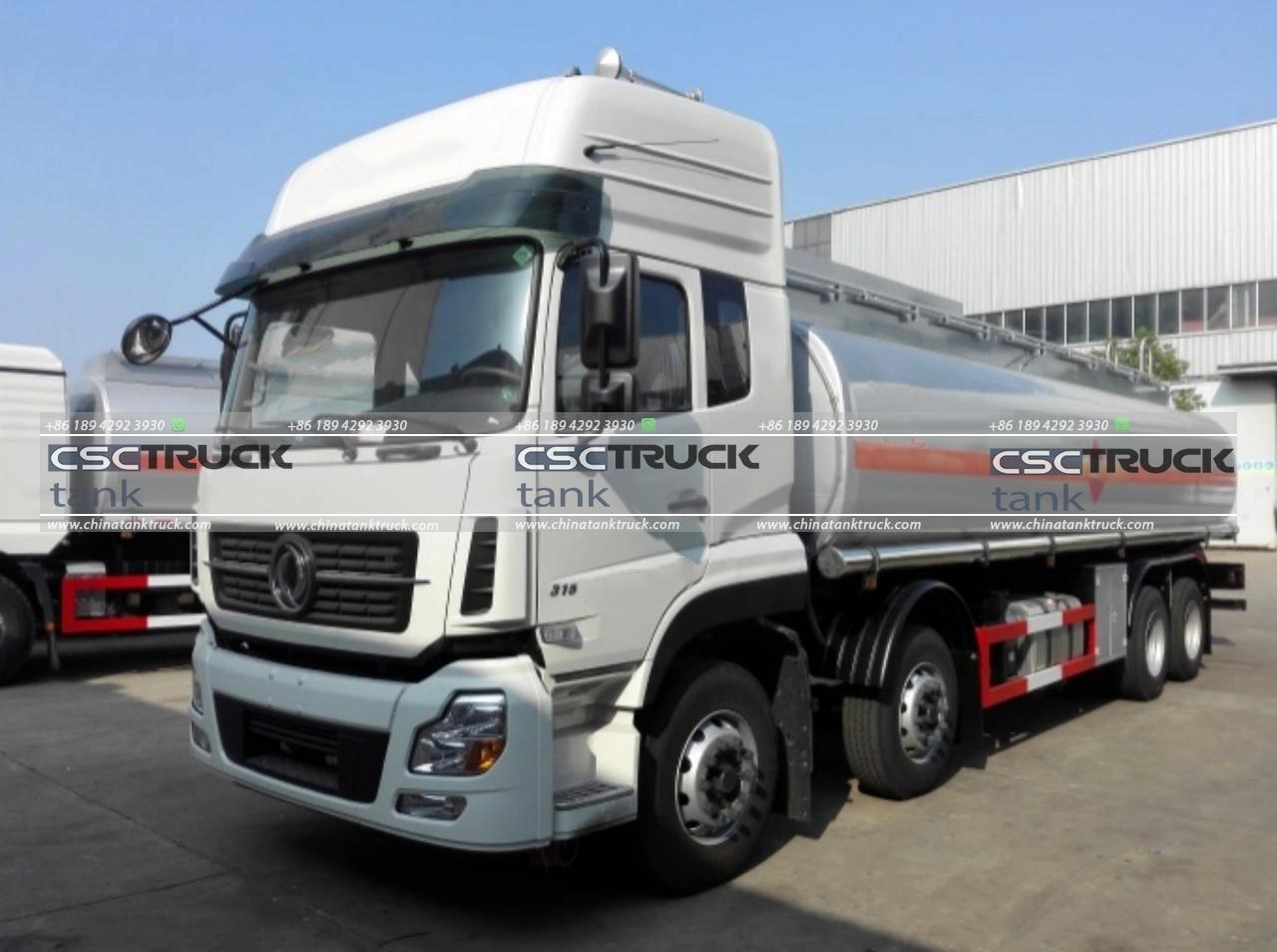
2. Water Tankers: These vehicles transport potable water for communities, construction sites, and emergency relief efforts. They are essential in areas lacking direct water supply systems.
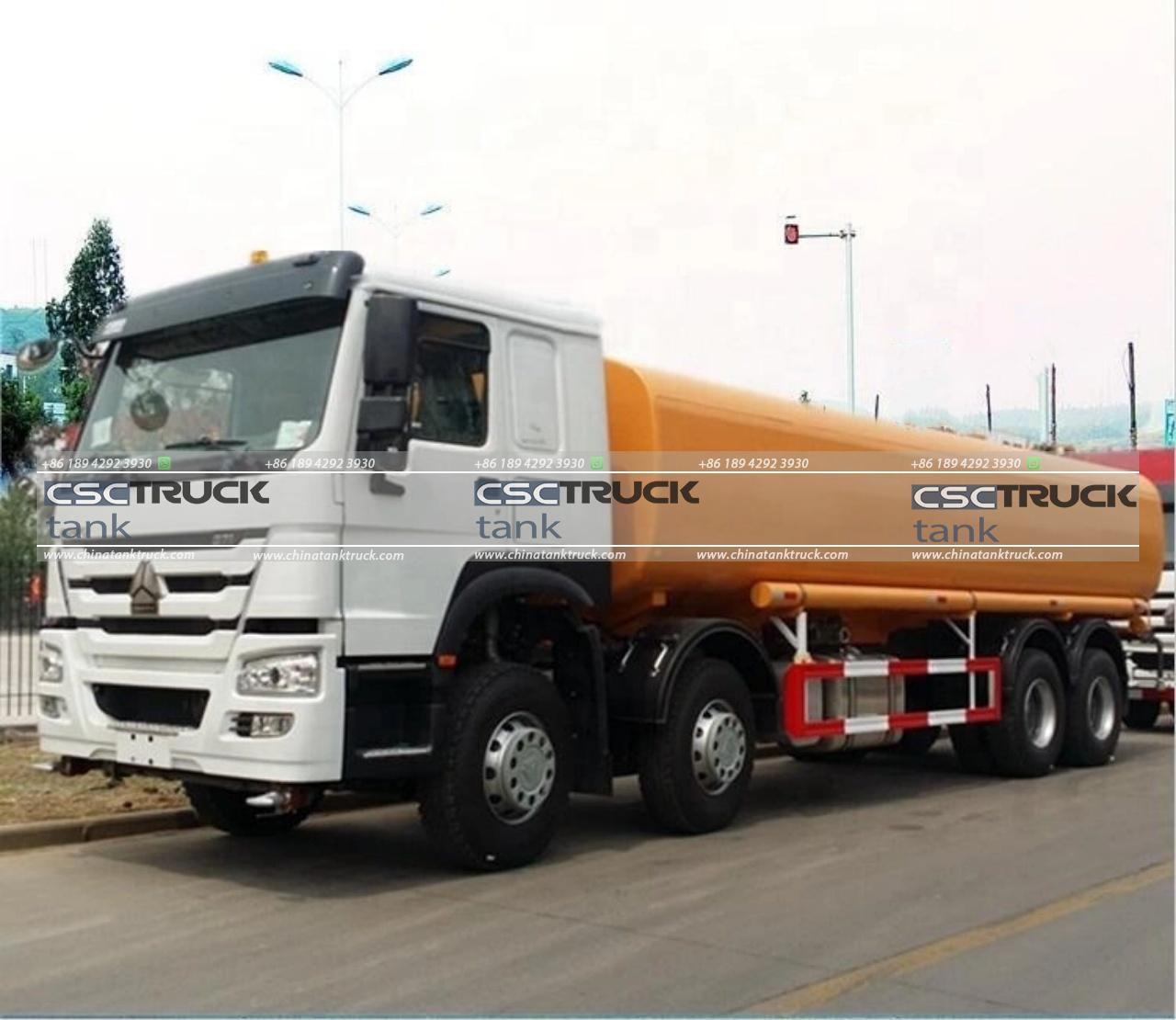
3. Milk Tankers: Designed to carry raw milk from farms to processing facilities, these tankers maintain the milk at a specific temperature to preserve its quality.
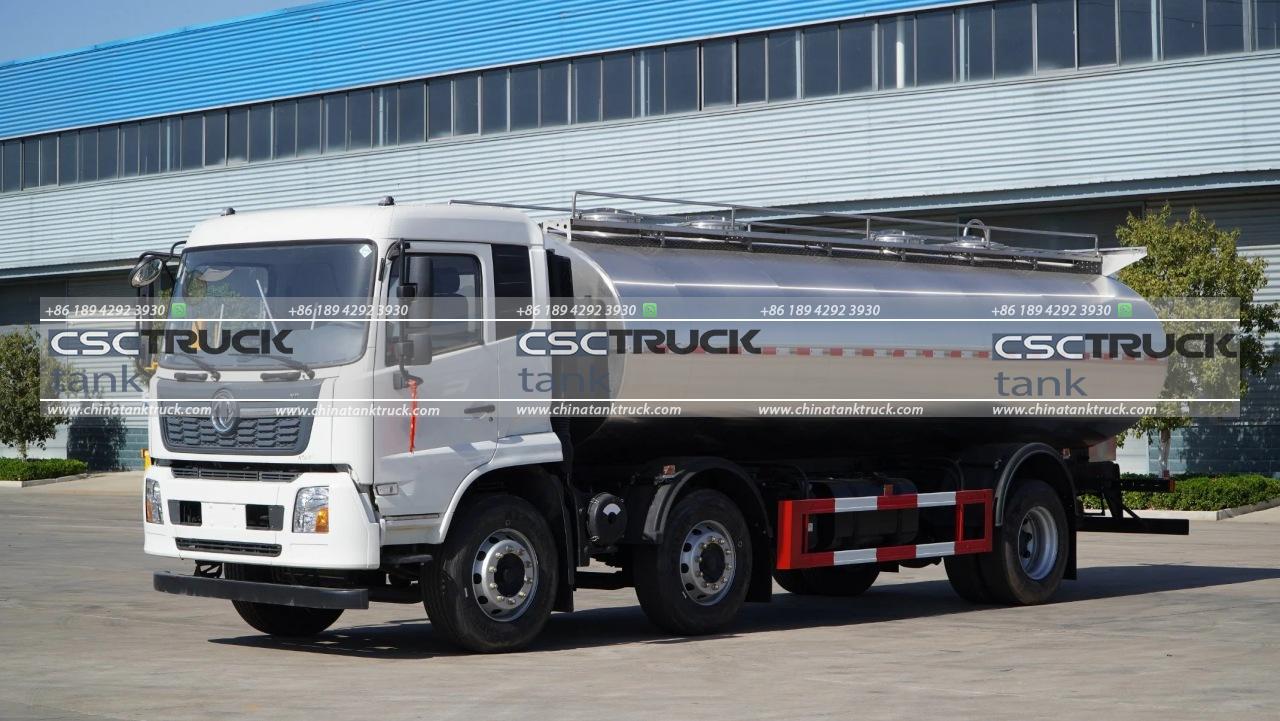
4. Chemical Tankers: These are used to transport hazardous chemicals. They are built with materials resistant to corrosion and chemical reactions, ensuring the safe transport of potentially dangerous substances.
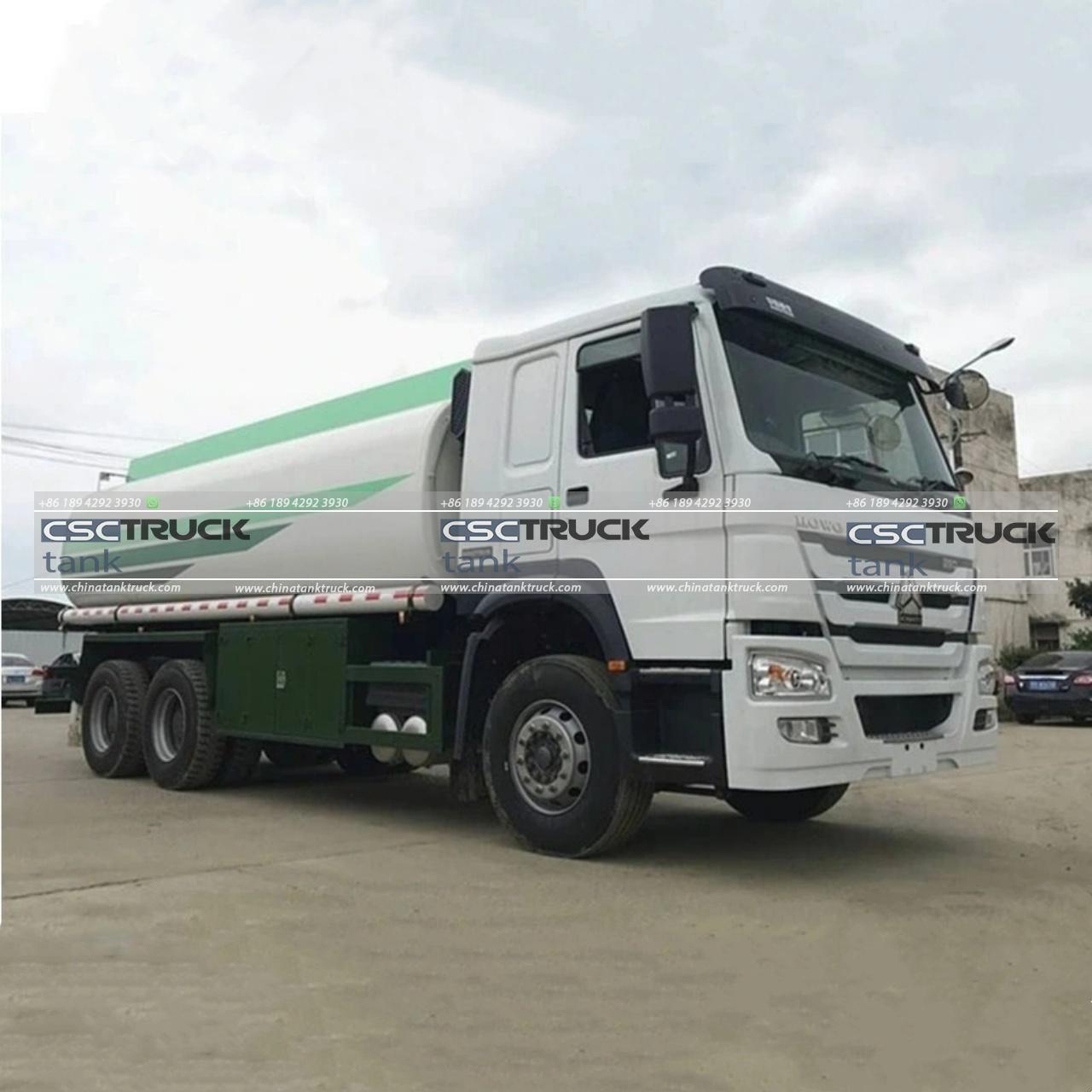
5. Cryogenic Tankers: These are specialized for transporting liquefied gases at very low temperatures, such as liquid oxygen, nitrogen, and natural gas. They require insulation to maintain the low temperatures needed for these gases to remain in liquid form.
6. Dry Bulk Tankers: These transport finely divided solid materials, like cement, flour, or grain. They are designed to unload their contents efficiently through pneumatic systems.
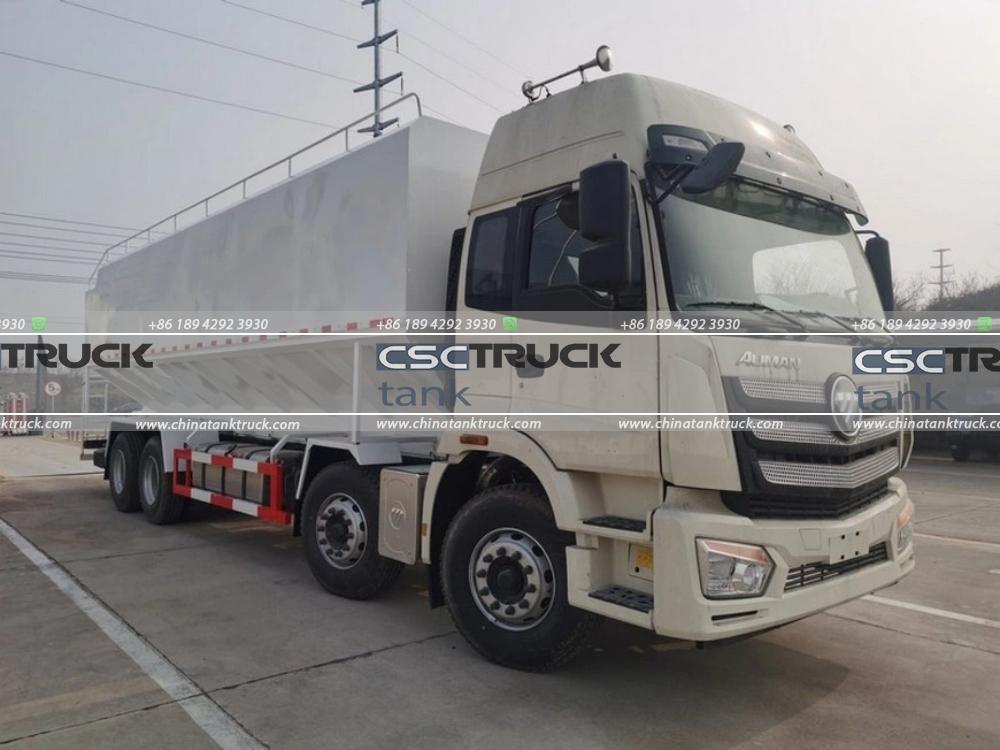
Construction and Design
The design and construction of truck tanks are critical to their functionality and safety. Key features include:
1. Materials: The materials used depend on the cargo. Stainless steel is common for milk and food-grade liquids due to its non-reactive nature. Aluminum and carbon steel are also used, especially for fuel and chemical transport.
2. Compartments: Many truck tanks are divided into compartments to transport different products simultaneously or to reduce liquid movement, which can destabilize the vehicle.
3. Insulation: For transporting temperature-sensitive materials like milk or cryogenic liquids, insulation is essential to maintain the required temperature.
4. Safety Features: These include pressure relief valves, emergency shut-off systems, and grounding mechanisms to prevent static electricity buildup. Fuel and chemical tankers often have additional features to prevent spills and explosions.
Applications of Truck Tanks
Truck tanks play a vital role in several industries:
1. Oil and Gas Industry: Fuel tankers transport refined petroleum products from refineries to gas stations, airports, and industrial clients. This ensures a steady supply of fuel essential for transportation, heating, and energy production.
2. Agriculture: Water and milk tankers are indispensable in agriculture. Water tankers provide irrigation in arid regions, while milk tankers ensure the timely delivery of raw milk to processing plants, maintaining its freshness.
3. Food and Beverage Industry: Apart from milk, truck tanks transport other liquid food products like juice, wine, and cooking oils. The sanitary conditions and temperature control of these tankers are crucial for food safety.
4. Chemical Industry: Chemical tankers ensure the safe transport of industrial chemicals, which are critical in manufacturing, pharmaceuticals, and other sectors. The design of these tankers prevents chemical reactions and spills.
5. Construction: Dry bulk tankers transport materials like cement and fly ash, which are essential in construction projects. These tankers facilitate efficient and dust-free delivery of bulk materials.
Safety Considerations
Safety is paramount in the operation of truck tanks, given the hazardous nature of many of the transported substances. Key safety considerations include:
1. Regulatory Compliance: Truck tanks must comply with local and international regulations, which govern the design, construction, and operation of these vehicles. Regulations often address issues like maximum load limits, material specifications, and safety features.
2. Driver Training: Operators of truck tanks require specialized training to handle the unique challenges posed by these vehicles, such as weight distribution, liquid sloshing, and the handling of hazardous materials.
3. Maintenance: Regular maintenance is crucial to ensure the integrity of the tank and its components. This includes checking for leaks, and corrosion, and ensuring that safety features are functioning correctly.
4. Emergency Response: In the event of an accident or spill, having a robust emergency response plan is critical. This involves coordination with local authorities, having spill containment measures in place, and ensuring the availability of emergency equipment.
5. Technological Advancements: Advances in technology have led to the development of smarter truck tanks equipped with sensors and monitoring systems. These technologies provide real-time data on the status of the tank and its contents, enhancing safety and operational efficiency.
Environmental Impact
The environmental impact of truck tanks cannot be overlooked. Spills and leaks can lead to soil and water contamination, posing significant environmental hazards. Therefore, industries are increasingly focusing on:
1. Leak Prevention: Using high-quality materials and regular inspections to prevent leaks.
2. Efficient Routes: Planning efficient delivery routes to minimize fuel consumption and reduce the carbon footprint.
3. Alternative Fuels: Exploring the use of alternative fuels like natural gas or electricity to power tank trucks, thereby reducing emissions.
4. Recycling and Disposal: Ensuring that tanks and their components are recycled or disposed of responsibly at the end of their life cycle.
Conclusion
The term “truck tank” encompasses a wide range of vehicles critical to modern industry. From fuel and water to milk and chemicals, these specialized vehicles ensure the safe and efficient transport of essential materials. Understanding the meaning of truck tanks involves appreciating their diverse types, intricate construction, crucial applications, and the stringent safety measures required to operate them. As technology advances and environmental concerns grow, the truck tank industry continues to evolve, striving to enhance safety, efficiency, and sustainability in its operations.

